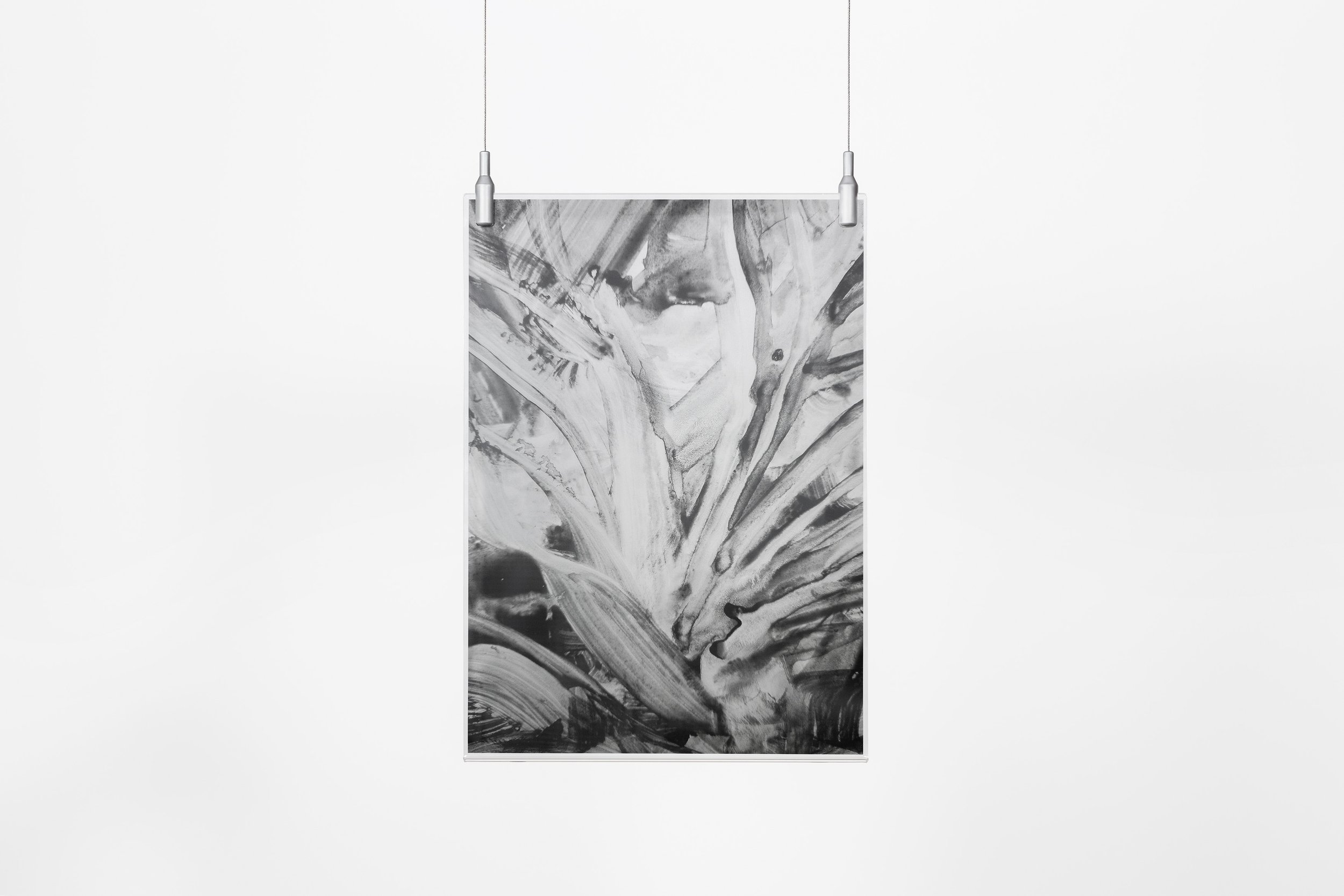ROD
Title: Fungi One | Date: 2024
Technique: acetate printing | Dimensions: 30 x 42 cm | Edition of /30
………………………………………………………………………………………………………………
All artworks are accompanied by a signed certificate of authenticity.
Shipping informations | #available
VAT included at checkout | The artwork is sold unframed. Any frames shown are for display purposes only. Upon request, our team can assist in finding suitable suppliers.
………………………………………………………………………………………………………………
Title: Fungi One | Date: 2024
Technique: acetate printing | Dimensions: 30 x 42 cm | Edition of /30
………………………………………………………………………………………………………………
All artworks are accompanied by a signed certificate of authenticity.
Shipping informations | #available
VAT included at checkout | The artwork is sold unframed. Any frames shown are for display purposes only. Upon request, our team can assist in finding suitable suppliers.
………………………………………………………………………………………………………………
Title: Fungi One | Date: 2024
Technique: acetate printing | Dimensions: 30 x 42 cm | Edition of /30
………………………………………………………………………………………………………………
All artworks are accompanied by a signed certificate of authenticity.
Shipping informations | #available
VAT included at checkout | The artwork is sold unframed. Any frames shown are for display purposes only. Upon request, our team can assist in finding suitable suppliers.
………………………………………………………………………………………………………………
"That is, to exist in transitoriness as a practice of existence and manifest protest against a culture that tries to prevent the movement of the fluid. Its unfinished character, that is, which comes from my experimentation, reveals that, after all, the work is ready."
—
"That is, to exist in transitoriness as a practice of existence and manifest protest against a culture that tries to prevent the movement of the fluid. Its unfinished character, that is, which comes from my experimentation, reveals that, after all, the work is ready." —
-
1. What aspects does this artwork integrate (formally, plastically, or conceptually )?
Learning the movement of fungi. Knowing the movement of diluted paint when applied to smooth surfaces. Creating interactions between the pigment, water, and transparencies I have used in this research — for example, acetate sheets, polypropylene, and tracing paper. Then, moving on to the fluid movement of my body in contact with this thin paint to create textures that allow me to approach, minimally, this universe.
2. Where is it embedded? (what was the genesis of the making, the milieu, the causality)
The work is part of my research on the fungi kingdom and integrates the collective project of Afrontosas in the investigation that I, Tony, and DIDI have been doing on the concept of Queer ecology from a diasporic racial perspective. The research seeks to understand how nature teaches us about our identities. In my visual research, I chose the fungi kingdom because it is a group of organisms separate from plants, animals, and bacteria. It is a fundamental group to understand the intersections that nature provides, as they are considered special beings, sometimes confused as plants or animals. This autonomy in relation to other kingdoms attracts me a lot as a Queer artist, since the identity we want to affirm seeks not to depend exclusively on categories predefined by a binary system that closes between masculine and feminine. In this search practice, my work connects with the almost, with the between, with the middle, with the border, with what separates one field from another.
3. What Question or Action does it propose?
How to overcome the binary system that qualifies identities through closed categories from an artistic practice that finds its greatest ally in nature? The work calls for questioning the attempt to frame the fluidity of my identity in just two categories: masculine or feminine. The work asks where to locate an identity that is not part of a cis-heteronormative one. It proposes an action of transit, of passage from one side to the other, but which can remain in this transition. That is, to exist in transitoriness as a practice of existence and manifest protest against a culture that tries to prevent the movement of the fluid. Its unfinished character, that is, which comes from my experimentation, reveals that, after all, the work is ready.
-
ROD (Rodrigo Ribeiro Saturnino) (Brazil, 1975). Lives and works in Lisbon. A visual artist, holds postdoctoral degree from the Center for Communication and Society Studies at the Institute of Social Sciences of the University of Minho. In 2022, co-founded the Afrontosas Collective with Didi and Tony Omolu, and also played a role in founding UNA – the Black Arts Union. ROD's poetic research focuses on decolonial critique.
Among recent collective exhibitions in Lisbon are: "I Only Have This to Offer and Even Then It's Not Enough", at Zaratan Arte Contemporânea (2024); "Past", at the Alkantara Festival, Teatro São Luiz (2023); "Queer Mode / Be Cuír", at Palácio Cabral (2023); and the Anti-Racist Carnival, at Espaço Santa Catarina (2023).



